I am purchasing 50x - 1 meter / 12 V / 72 LED / Rigid SMD 5730 strips directly from China. I don't know the LED manufacturer, nor the resistor being used. (Yes, this is a gamble.)
The strip is one that could be cut at every 3rd LED. So, it seems that every 3 LEDs is wired in series, and there are 24 groups of 3 wired in parallel.
Each strip is specified at 12 V/18 W. I would like to take 2 strips, and wire them in series with a 24 V 18 W power supply.
(By series, I do not mean chaining them in parallel and calling it series like the billion articles polluting my google searches)
My question is, can I wire two 12 V strips in series using a 24 V power supply? It seems like I can, but am worried I am overlooking something that I don't even know to ask, or I do not have enough information without the LED spec sheet.

